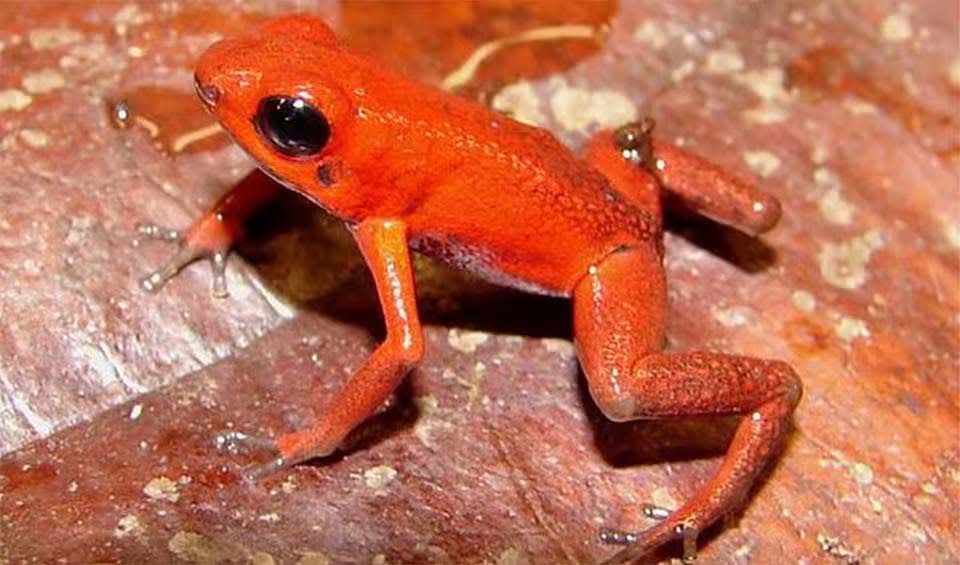An intriguing amphibian species endemic to the Andes Mountains of South America. Renowned for its striking coloration and potent toxins, this frog possesses several distinct characteristics that set it apart from other amphibians. One of the most notable features of the Andean poison frog is its vibrant color palette, which ranges from vivid yellows and oranges to stunning shades of blue or black. These bright colors serve as a warning to potential predators, signaling the frog’s highly toxic nature.
Indeed, the Andean poison frog is one of the most poisonous animals on Earth. Its skin secretions contain potent toxins known as alkaloids, which can induce paralysis or even death in predators. Even minimal contact with the frog’s skin can result in severe harm, highlighting the effectiveness of its defensive mechanisms. Interestingly, the toxins produced by the Andean poison frog are also utilized by local indigenous tribes for hunting purposes, further underscoring the cultural significance of this species.
Despite their toxic nature, Andean poison frogs are not aggressive and typically prefer to avoid confrontations. They are renowned for their agility and excellent climbing abilities, which allow them to navigate the dense foliage of their forest habitat with ease. These frogs are primarily arboreal, spending much of their time perched on vegetation or hiding among leaf litter on the forest floor.
Distribution
 Colombia
ColombiaAnything we've missed?
Help us improve this page by suggesting edits. Glory never dies!
Suggest an editGet to know me
Terrestrial / Aquatic
Altricial / Precocial
Polygamous / Monogamous
Dimorphic (size) / Monomorphic
Active: Diurnal / Nocturnal
Social behavior: Solitary / Pack / Herd
Diet: Carnivore / Herbivore / Omnivore / Piscivorous / Insectivore
Migratory: Yes / No
Domesticated: Yes / No
Dangerous: Yes / No




